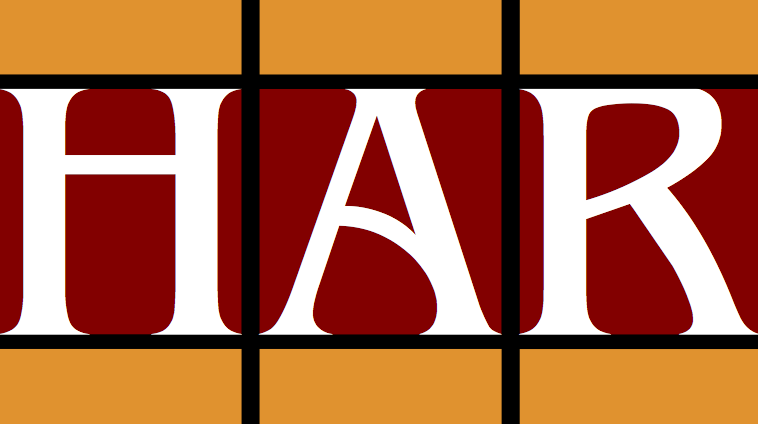Philosophical positions of this person
It exists in sentient beings, though it is very difficult to perceive due to being hindered by adventitious stains, which are explained in detail in the long quote in Mathes, K., A Direct Path to the Buddha Within, p. 100.
"Longchenpa, thus, adduces the crucial stanza I.28 from the Ratnagotravibhāga, which lists the three reasons for the presence of buddha nature in sentient beings. In his explanation of the third reason ("because of the potential"), Longchenpa equates potential with the dzogchen term awareness, adopting as he does the reading rig instead of rigs (potential), and glossing buddha nature as rigpa in the following paraphrase. In other words, all sentient beings possess buddha nature because of their intrinsic primordial awareness." Mathes, K., A Direct Path to the Buddha Within, p. 100.
Duckworth, D., Mipam on Buddha-Nature, pp. 2-4.
- Though much like Mipham in his steed, Longchenpa presents a combination of second and third wheel teachings in his presentations of buddha-nature with the emptiness of the second and the appearance of wisdom, etc. in the third as a unity. However, strictly speaking Longchenpa considers buddha-nature as taught in the RGV as belonging to the third turning.
This is a tricky issue, as he generally predates this categorization though he does use the term, sparingly, in some of his writings, though not in the same way that it would come to be characterized by Dolpopa. Though some traditional scholars, such as Kongtrul, consider him a zhentongpa, this is not a common Nyingma view. For relevant discussions of this issue see:
- Mathes, K., A Direct Path to the Buddha Within, pp. 98-99.
- Wangchuk, Dorji, The rÑiṅ-ma Interpretations of the Tathāgatagarbha Theory, pp. 174-178.
"He also describes an “ultimate universal ground” (don gyi kun gzhi) in his autocommentary of his Wish-Fulfilling Treasury: “The basic element is called ‘the ultimate universal ground’ because it co-exists with the unconditioned qualities of the naturally pure nirvāna.” He says that this ground is the support for both samsāra and nirvāna, and identifies it with Buddha-nature: Due to abiding as the expanse neither conjoined with nor separable from the exalted body and wisdom, it is Buddha-nature; due to supporting all phenomena of samsāra and nirvāna, it is the abiding reality called “the ultimate universal ground”; it is unconditioned and abides as the great primordial purity..." Duckworth, D., Mipam on Buddha-Nature, p. 104.
His presentation of emptiness clearly favors Prāsaṅgika.
Other names
- ཀློང་ཆེན་པ་ · other names (Tibetan)
- ཀློང་ཆེན་རབ་འབྱམས་ · other names (Tibetan)
- དྲི་མེད་འོད་ཟེར་ · other names (Tibetan)
- ཀུན་མཁྱེན་ཀློང་ཆེན་རབ་འབྱམས་ · other names (Tibetan)
- ཀློང་ཆེན་པ་དྲི་མེད་འོད་ཟེར་ · other names (Tibetan)
- klong chen pa · other names (Wylie)
- klong chen rab 'byams · other names (Wylie)
- dri med 'od zer · other names (Wylie)
- kun mkhyen klong chen rab 'byams · other names (Wylie)
- klong chen pa dri med 'od zer · other names (Wylie)
- Kunkhyen Longchen Rabjam · other names
- longchenpa · other names
- drime özer · other names
- Drimé Özer · other names
- Longchenpa Drime Wozer · other names
Affiliations & relations
- Nyingma · religious affiliation
- Vimalamitra · emanation of
- pad+ma las 'brel rtsal · emanation of
- rig 'dzin ku mA ra rA dza · teacher
- Karmapa, 3rd · teacher
- g.yag sde paN chen · teacher
- bsod nams rgyal mtshan · teacher
- Skyi ston grags pa rgyal mtshan · teacher













